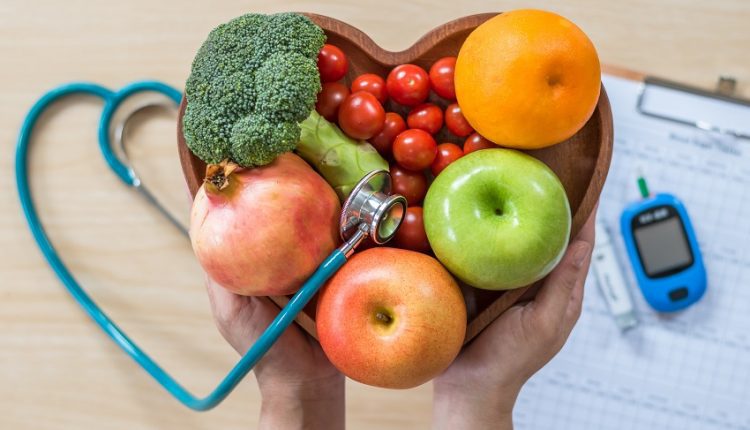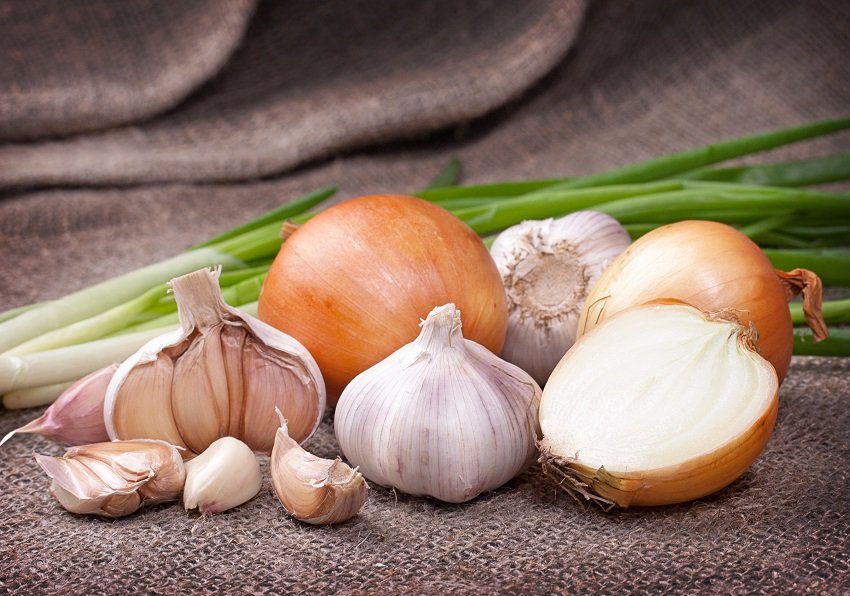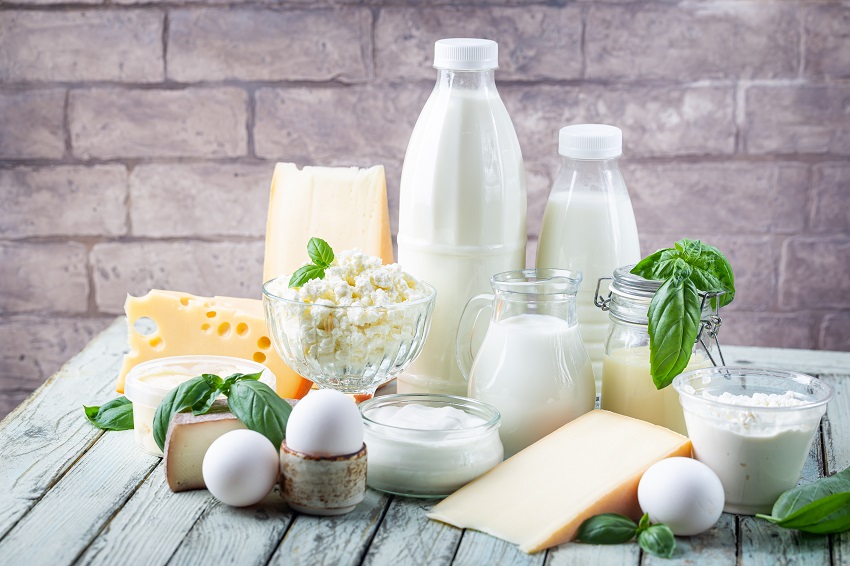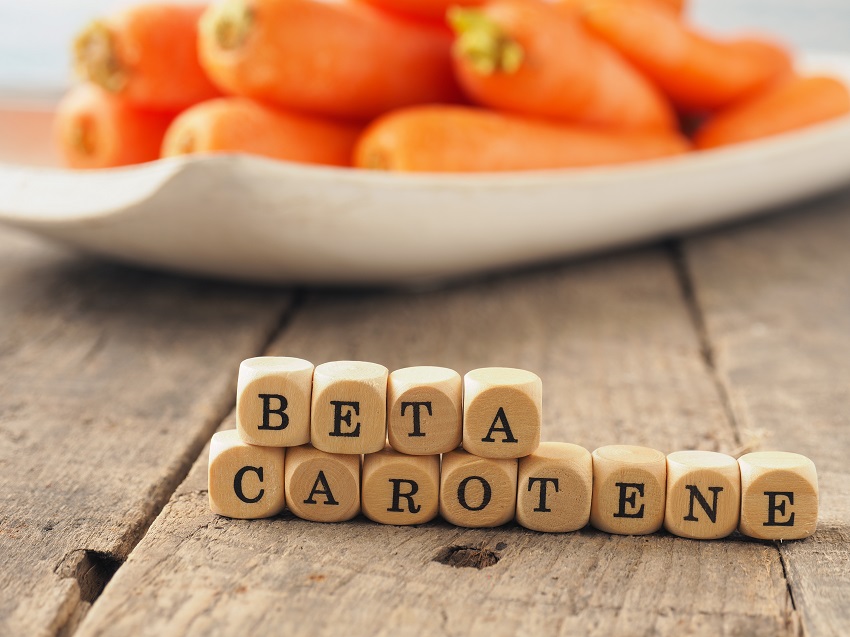
Did you know in the last 20 years, the number of adults diagnosed with diabetes has more than doubled as the population has aged and become more overweight or obese?
Nutrition plays a significant role in the diet and lifestyle of seniors with diabetes. In order not to be restricted by diabetes, it is better to follow a proper diet which means not eating and keeping a careful eye on your blood sugar levels. In today’s article of Living Maples Mag, we will discuss the nutrition needs of seniors with diabetes.
Contents
The Aims of Diabetes’ Diet
The goal is to use balanced foods. Hence, the foods in a diabetic diet should lead to the following purposes:
- Bringing blood sugar to normal levels
- Gaining and maintaining an ideal weight
- Reducing the specific problems of diabetic seniors
- Delivering the necessary amount of nutrients to the body
- Maintaining normal blood lipid levels
- Preventing the complications and problems caused by diabetes
- Providing the energy needed by the body to perform the necessary activities
Many of these benefits can be observed in the Mediterranean diet, which has proven to be one of the best diets for seniors with diabetes for a long time.
Nutrition in Diabetes: Nutritional Needs of Seniors with Diabetes
People with diabetes need to consult their doctor about their daily diet. They also require a diet that maintains their blood sugar levels. Therefore, awareness of the nutrients in each food and the number of carbohydrates, sodium, calories, and cholesterol is necessary to help seniors enjoy a good diet. Here are some foods and nutrients needed for seniors with diabetes:
Fish
Eating fish may reduce the risk of developing type 2 diabetes by 50%. Fish is rich in omega-3 fatty acids, so it is recommended to eat fish at least twice a week and 90 grams each time. However, diabetic seniors should not use fish oil capsules except with a doctor’s prescription. It may interfere with their blood sugar regulation.
Onions and Garlic

Onion and garlic are among the most important nutritional foods for people with diabetes. However, consumption of garlic (raw and cooked) will not make a difference if they do not have digestive problems. In conclusion, some of the benefits of onions and garlic for seniors with diabetes include:
- Increasing insulin levels
- Enhancing glucose metabolism in the liver
- Increasing the effect of insulin to lower blood sugar
Dairy Products

Dairy products are essential in the diet of seniors with diabetes. However, not all dairy products are suitable, and you are only allowed to use low-fat products. It is important to note that not all dairy products are created equal, and some may contain added sugars or be high in saturated fat. Seniors with diabetes should choose low-fat or non-fat dairy products and check nutrition labels for added sugars. Overall, incorporating dairy products into a balanced diet can be a good choice for seniors with diabetes, as they provide a range of important nutrients for maintaining good health.
Antioxidants for Seniors with Diabetes
Blood sugar also seems to rapidly increase the production of some unusual free radicals. These destructive molecules also cause many complications of diabetes, including blindness, nerve damage, and kidney failure. Furthermore, some promising studies show that antioxidants can reduce the symptoms of diabetes. Moreover, certain antioxidant enzymes are reduced in patients with type 2 diabetes. Antioxidant molecules are also essential for scavenging free radicals that cause cells to oxidize and destroy. Some antioxidants, including vitamins C, E, and beta-carotene, also help protect insulin-producing cells and are considered the best vitamins for seniors. Below are some sources of vitamin C, E, and beta-carotene suitable for seniors with diabetes.
You can also refer to our article on Normal Blood Sugar Levels and Diabetes in Seniors to get more information about your body’s normal range of blood sugar.
Sources of Vitamin C
- Berry
- Kiwi
- Cantaloupe
- Citrus
- Watermelon
- Vegetables
- Strawberry
- Potato
- Tomato
- Bell pepper
- Green leafy vegetables
Sources of Vitamin E
- Sunflower seed
- Almonds
- Avocado
- Spinach
- Kiwi
- Broccoli
- Salmon
- Olive oil
- Shrimp
Sources of Beta Carotene

- Fruits
- Squash
- Spinach
- Carrots
- Red grapefruit
- Broccoli
- Apricots
You can also read our article on Signs of Vitamin Deficiency in Seniors, which will help you determine which vitamins your body lacks.
Raw Fruits and Vegetables for Diabetic Seniors
Raw fruits and vegetables are better than cooked ones, and cooked types are better than frozen and steamed ones. Furthermore, eating fruits with the skin gradually increases blood sugar. Interestingly, most of the vitamins and minerals are in the layers close to the skin of fruits, so eat fruits with the skin, and avoid eating very sweet fruits such as bananas, figs, melons and grapes, and mangoes.
Read More: Benefits of Fruits vs. Fruit Juice for Seniors
Eggs
Try not to eat more than three eggs a week, but it is okay to eat egg whites as long as they are fully cooked.
Nutrition in Diabetes: Foods to Avoid
Seniors should avoid excess fat because too much fat accelerates seniors’ aging process toward diabetes. Furthermore, saturated fats negatively influence the ability of insulin to affect glucose metabolism. Therefore, you are advised to separate the visible fats of meat and chicken skin. Below is the list of foods seniors with diabetes should avoid:
White Rice
The most dangerous food for diabetes is white rice, as it is used as a food in many countries. According to diabetes studies, people with diabetes should not consume white rice more than allowed.
It is due to its high carbohydrate content, and it has also been proven that consuming white rice can increase the risk of type 2 diabetes. Therefore, it is best if people with diabetes avoid anything that is fried and made with white flour.
Fruit Yogurt
Flavored and fruit yogurts are usually made from low-fat or skim milk but are rich in carbohydrates and sugar. One cup of fruit-flavoured yogurt (245 grams) has about 47 grams of sugar. Therefore, this type of yogurt’s sugar content is more than ice cream, so seniors with diabetes should use plain yogurt without added sugar.
Breakfast Cereals
The worst breakfast for people with diabetes would be breakfast cereals. Most cereals are highly processed and contain more carbohydrates than they seem. Hence, seniors with diabetes are advised to choose low-carbohydrate cereals or avoid using them.
Tomato Sause & Ketchup
Another dangerous food for seniors with diabetes is tomato sauce. It is also one of the foods that are high in refined sugars. Moreover, tomato sauce is high in sodium. That is why people with diabetes should avoid tomato sauce.
Honey
Many seniors with diabetes consume other sugar forms instead of white sugar, such as brown sugar, honey, agave nectar, and maple syrup. Still, these substances raise blood sugar levels because they contain carbohydrates equal to or even more significant than white sugar. Hence, they cannot be used as alternatives to sugar.
Other Foods that Seniors with Diabetes Must Avoid

- Candy
- Full fat milk
- Cakes and cookies
- Raisins
- White bread
- Bacon
- Sweet mixed coffee
- French fries
The Best Cooking Method for Seniors with Diabetes
Seniors with diabetes should pick grilling, steaming, and quick-cooking methods over frying in oil. Fats should also be removed from the surface of meat since they can increase cholesterol levels.
Fruits and Diabetes
In general, seniors with diabetes should get 50 to 60% of their energy from carbohydrates (sugars and starches). Like everyone else, they need to get their required calories from carbohydrates because simple sugars like sugar, honey, jams, soft drinks, etc., should also be eliminated from their diet as much as possible. Seniors must supply the required energy through ingredients such as bread, pasta, and fruits. Due to vitamins such as vitamin C, vitamin A, fibre, antioxidants, and anthocyanin compounds, fruits play an essential role in the health of seniors with diabetes.

However, people believe that some fruits cause a rapid rise in blood sugar. Of course, it is acceptable that fruits differ in glycemic index, but this difference does not mean that we necessarily exclude these fruits from our diet. Eating fruits like cherries and apples with a lower glycemic index than other fruits is excellent to control seniors’ blood sugar with diabetes.
Glycemic Index of Some Fruits |
||||
|---|---|---|---|---|
| Fruit |
Glycemic index |
|||
| Cherry | 22 | |||
| Kiwi | 52 | |||
| Grape fruit | 53 | |||
| Banana | 53 | |||
| Apple | 38 | |||
| Orange | 43 | |||
| Grapes | 46 | |||
| Pineapple | 66 | |||
| Watermelon | 72 | |||
| Dates | 103 | |||
The glycemic index is the amount and speed at which foods increase blood sugar. Hence, fruits with a glycemic index of less than 50 are more suitable for seniors with diabetes. Glycemic index values also vary slightly in different sources of sugar. Watermelon and melon are not ideal for seniors with diabetes. Although the glycemic index of watermelon and melon is not much different from many fruits, the problem with these two fruits is that their consumption cannot be controlled. Hence, seniors with diabetes should remove these fruits from their diets.
How Should Seniors with Diabetes Eat Fruit?
Seniors should not consume all the daily units of fruit in one meal. Moreover, The total amount of energy and calories received is essential for seniors with diabetes. Furthermore, the diabetic diet should include 3 to 4 units of fruit every day. People with diabetes should also gradually absorb sugar. So, increasing fruit and reducing grains in the diet can upset the balance. Hence, seniors with diabetes should not avoid eating fruits. Although the dosage is limited, experts do not recommend avoiding fruits due to their adverse effects on the patients both physiologically and psychologically.
Final Words
Seniors with diabetes should eat a snack at the peak of their insulin level. The blood sugar of diabetic seniors drops 30 to 45 minutes after taking insulin. Moreover, to prevent cardiovascular disease in diabetics, fats, especially animal fats, should be very limited. Seniors should also reduce the number of carbohydrates. Furthermore, high-fibre foods such as legumes and vegetables, whole grains, and nuts should constitute the diet of seniors with diabetes. Finally, maintaining a balanced weight, exercising (at least three times a week), and a proper diet are highly recommended to ensure seniors’ health and quality of life with diabetes.
Great article. But I have to say sometimes it’s tough to stay away from some of the food when you like it so much. Like, although I am diabetic, I find it very hard to make myself not eat honey. It would be really great if there were some ways to make avoiding your favourite food easier.
Jackson! I know how you feel, and I have been in the same situation many times. What saved me was the awareness. Whenever I wanted to eat something sweet or unhealthy, I called my name loudly; Instead, I used to drink two or three glasses of water or take a hot shower. Still, if your body needs something sweet, you can eat the alternatives such as apple and cherry.
I get that. Sometimes ditching the diet and having some sugar-loaded food is quite satisfying. I sometimes find the marshmallows my daughter hides in cabinets and have some. I think once in a month won’t hurt anyone.
I have type 2 diabetes, and I try to manage it with a very low-carb diet. I avoid junk, refined, processed foods because they contain high amounts of sugar and salt. Ensure you are regular with some form of exercise for at least 30-45 minutes daily, even just fast walking. Don’t forget the dosage of medications and periodic check-ups.
Dear Marshall, thanks for sharing your knowledge with others, it’s really helpful and comforting to hear from someone who has first-hand experience.
My sister developed gestational diabetes back then when she was pregnant. While having this type of diabetes doesn’t necessarily mean that the child will have to deal with the same condition, it’s still crucial for you to manage your diabetes with the help of your obstetrician. It’s because your situation can put your child in danger of having high birth weight, obesity, and more prone to develop type 2 diabetes in later stages of their life.
Beneficial article!But there is another critical point to know.The cooperation of family members is the biggest help to a diabetic person. As a family member to a diabetic person, you have to show your sympathy to them. They should know that you understand their particular condition. It’s like mental torture for people with diabetes to stand there and watch their family or friends enjoying a chocolate cake or any food they can’t taste anymore! Being just a little more mindful about these kinds of stuff can make it easier for your beloved ones to go through their situation.
I entirely agree with you, Mia, but it is for their good. My grandmother has type 2 diabetes, and she is not comfortable with us eating food that she should not eat when we visit her. As a family, we need to encourage them to maintain a balanced weight, exercise more often, and help them have a proper diet. If you do so, they will understand that we care for them, and they will take care of themselves.
For any person with diabetes, there is a constant struggle to balance blood sugars against food.
In my experience, six grams of fibre helps to control blood sugar. Milk, fruit, and vegetables are all high in potassium to lower blood pressure. Green tea may help lower blood glucose levels and prevent type 2 diabetes and obesity.
Nothing is entirely off-limits. Even items that you might think “the worst” could be rare treats in tiny amounts. But it’s easiest to manage your diabetes if you stick to the “best” options.
I have several friends with poor nutrition habits dealing with diabetes, and my mom also has the same condition…
So I speak from the experience.
I suggest having an expert come to the house and decide what nutrition issue needs addressing.
And then watch their habits. Please don’t treat them like children. Be a good listener.
Ask them whether they are eating. How often?
It’s hard living the last chapter of life. Be patient.
The most important thing is to let older adults know you care about them and regularly check their blood pressure and cholesterol levels.